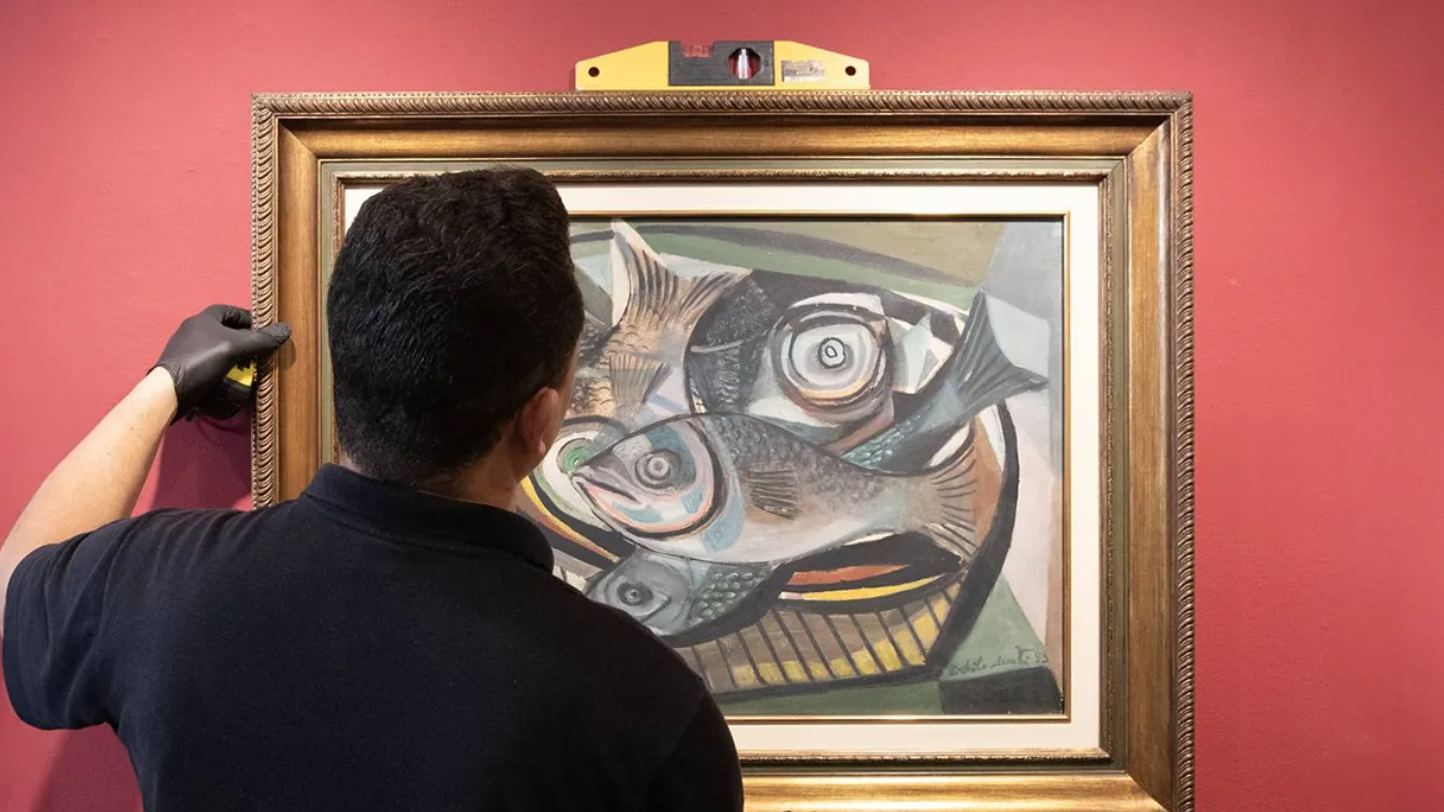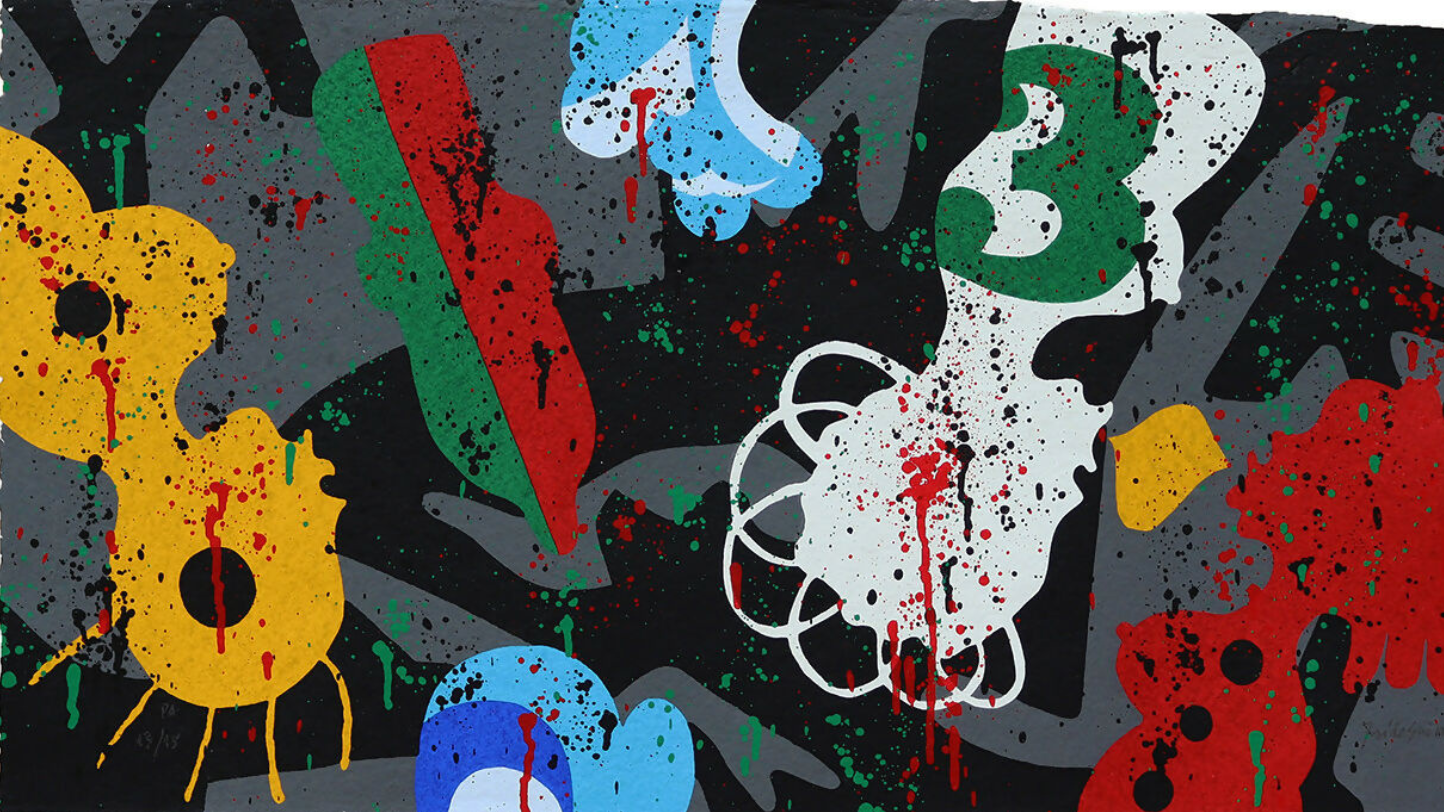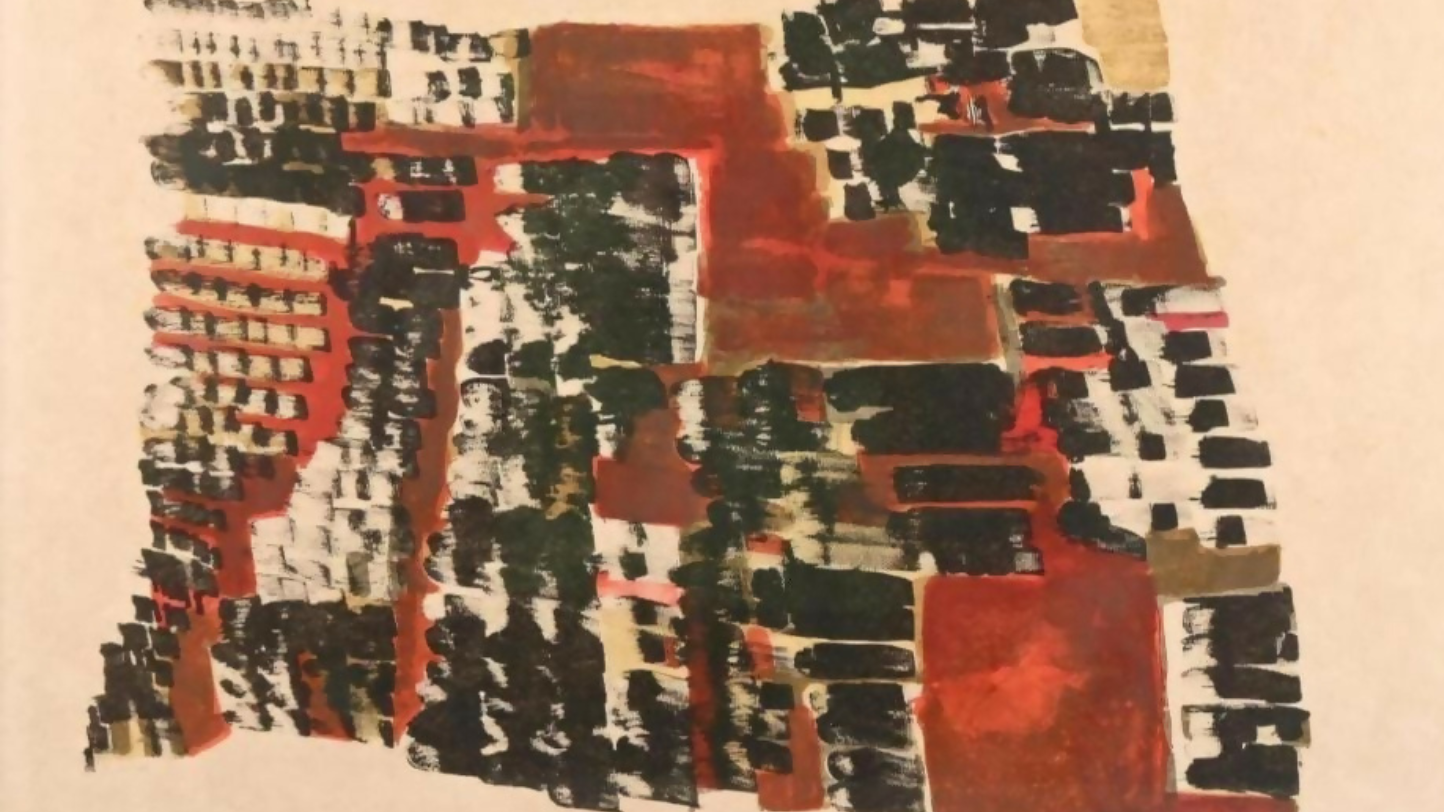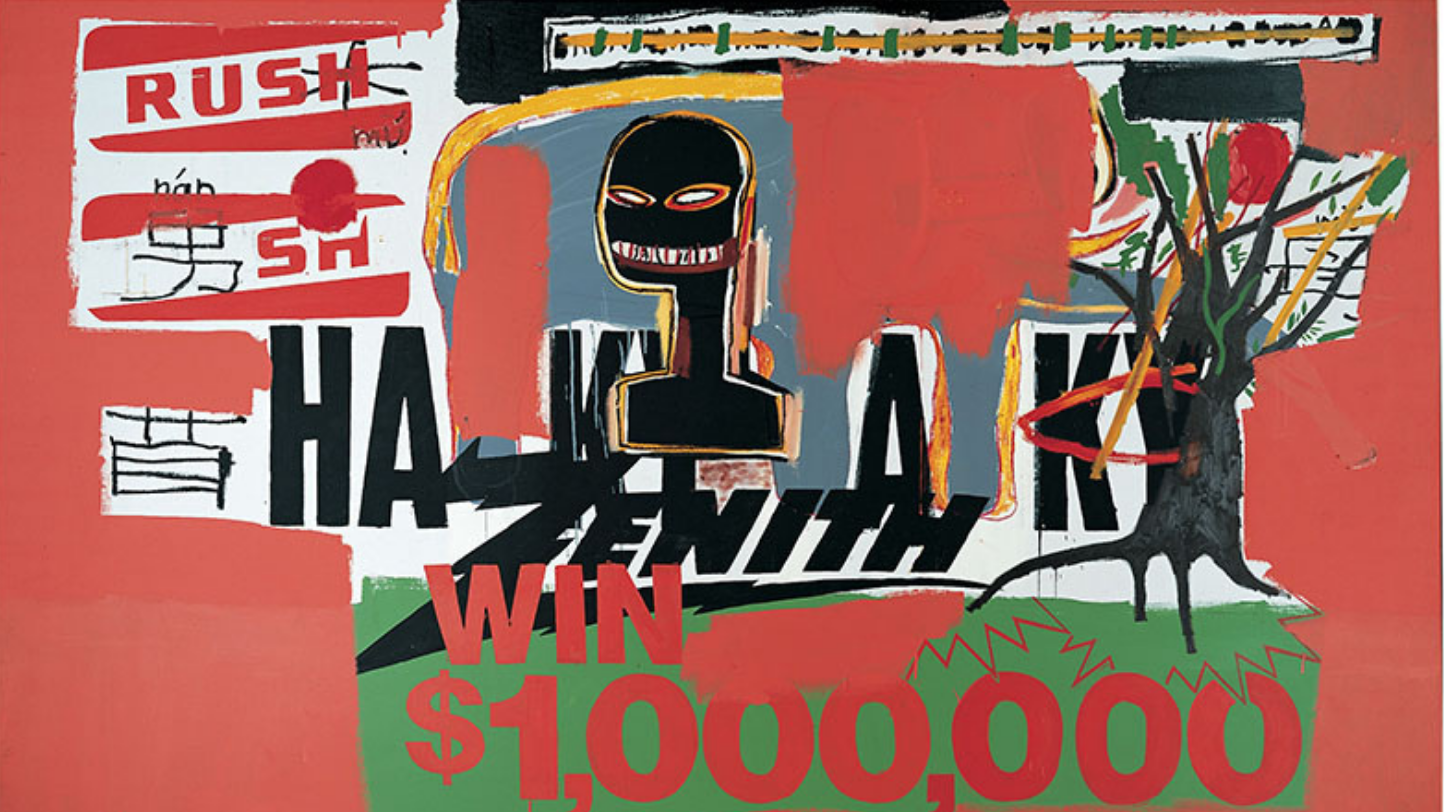Buying art online has become increasingly popular, accessible, and convenient. With just a few clicks, you can acquire works by artists from around the world, whether emerging or established. However, despite the advantages of the digital medium, there are also pitfalls that can compromise a good buying experience, from authenticity issues to misunderstandings about the work's true value. In this article, we explore 7 common mistakes when buying art online and how to avoid them to ensure your investment is safe, informed, and satisfactory.
The art market is, for many, a mysterious, almost mythological territory. From exorbitant prices to artists who become millionaires overnight, there's no shortage of stories, exaggerations, and misconceptions about how this universe works. However, as in any sector, it's important to separate fact from fiction. In this article, we debunk some of the biggest myths surrounding the contemporary, historical, and commercial art market.
Starting to collect contemporary art is, above all, a journey of discovery and passion. With curiosity, study, and attention, you can build a collection that represents you and simultaneously values the art of our time. It doesn't matter whether you start with one piece or several! The most important thing is to take the first step and let yourself be guided by the fascination of contemporary artistic creation.
Art is much more than a form of aesthetic expression: it represents cultural heritage, historical value, and often a significant investment. Whether paintings, sculptures, photographs, prints, or installations, any piece of art requires specific care to ensure its long-term preservation. In this article, we explore best practices for protecting and preserving your art collection, from environmental monitoring to proper insurance.
Graphic art, as an artistic expression that utilizes multiple reproduction processes such as engraving, screen printing, lithography, or digital printing, has unique characteristics that distinguish it from other forms of visual art. Among the most important elements in the world of graphic works are the author's signature and the print run (or edition). These two components not only validate the work's authenticity but also directly influence its artistic, historical, and commercial value.
In this article, we will address the meaning, function, and importance of signature and print run in graphic works, as well as the implications of these elements for artists, collectors, curators, and the art market in general.
But what exactly is an artist's proof? Why are these proofs so highly valued by collectors and art connoisseurs? And how do they differ from regular editions of a work? In this article, we will explore these questions in depth, shedding light on a topic that, while technical, helps us better understand how the art market works and artists' creative processes.
Assessing the value of a work of art is a complex exercise, requiring sensitivity, knowledge, and, above all, attention to the context in which the work exists. Unlike other material goods whose value can be measured by more objective criteria, art defies simple definitions. Its value can be artistic, symbolic, historical, affective, or economic—and is often a combination of all these elements. A work is worth not only what it costs, but also what it represents, what it provokes, and what it preserves.
In this article, we analyze the importance of signature and print run in graphic works, highlighting the role they play in validating the work, its value in the art market, and the relationship between the artist, the work, and the public.

















